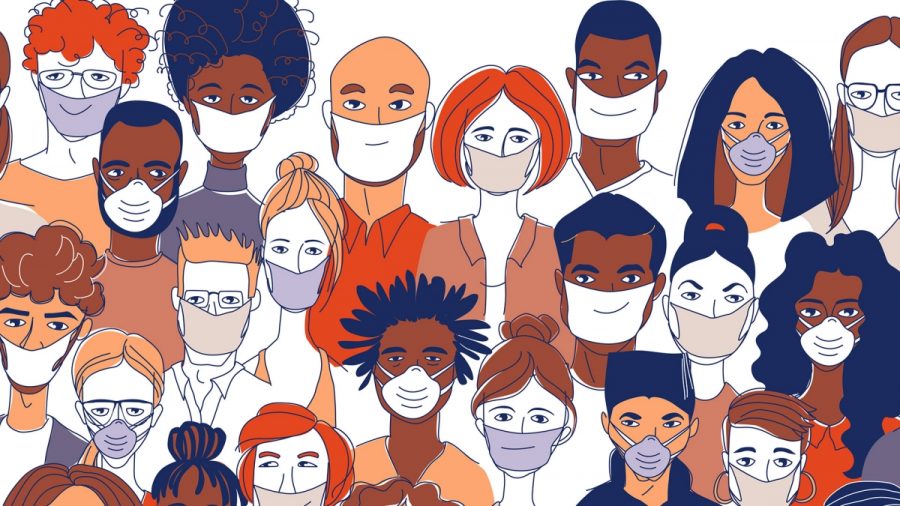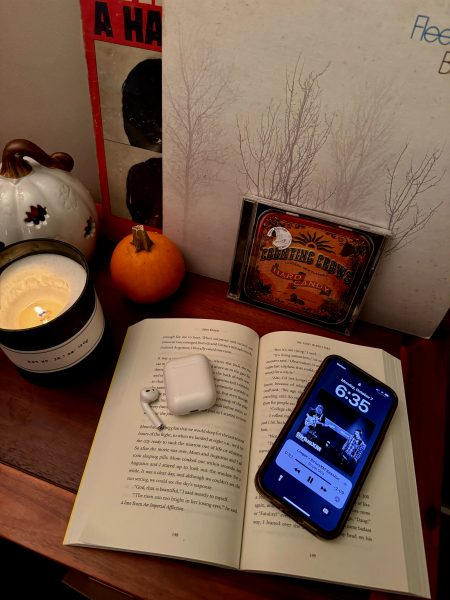The best and worst masks to use
The most productive masks are those that both protect from Covid-19 and do not harm to those wearing it or those around them.
First and foremost in order to be efficient, a mask must be worn correctly. The mask should cover the mouth and nose without being too tight, which can restrict breathing, or too loose, which might compromise the integrity of the mask. One trick that can be used to test the effectiveness of a mask is to attempt to blow out a candle while wearing it. If the candle remains lit the mask is most likely to be sufficient.
Next, it is important to guarantee the mask being worn is sanitary. A mask should not be used after being left in an unsanitary place such as the floor of a car since it will transfer harmful germs including Covid-19.
The mask that has been tested to have the highest efficiency rate is the N95 mask. It is able to filter large droplets at 99.9% and aerosols at 95%. This type of mask, however, is generally reserved for people in healthcare settings such as doctors or nurses.
Hybrid masks and surgical masks are nearly as effective and available to the general public. Surgical masks have the ability to filter large droplets at 98.5% and aerosols at 89.5%. Hybrid masks in comparison can filter 96% of large droplets and 94% of aerosols. Both options can be used in public with crowded or indoor settings.
One factor to keep in mind is the vast amounts of waste created by the once or twice used surgical masks. Millions of masks have already been thrown away and they will continue to be thrown away which could be an issue for the environment. The Hybrid masks offer the same general amount of protection as the surgical mask but do not amass the same kind of waste since they can be washed and reused. These masks are made of fabric, preferably more than one or even two layers. A hybrid mask that has three layers, can consist of one layer for absorbing, one for filtering, and one on the outside that is constructed from non absorbent components. Masks constructed with the three layers of cotton or silk are also viable, but not quite as reliable as surgical or hybrid masks.
Some of the worst masks to use are scarves and bandanas. They offer very little protection with the ability to filter large droplets at only 44% and aerosols at only 49%. Scarves and Bandanas should be used as a last resort when there is no other more viable alternative that can be used. That, however, does not mean that wearing no mask at all is better. Any mask is better than none unless the mask in question has built in one-way valves or vents which could potentially infect others as it protects the person wearing it.






